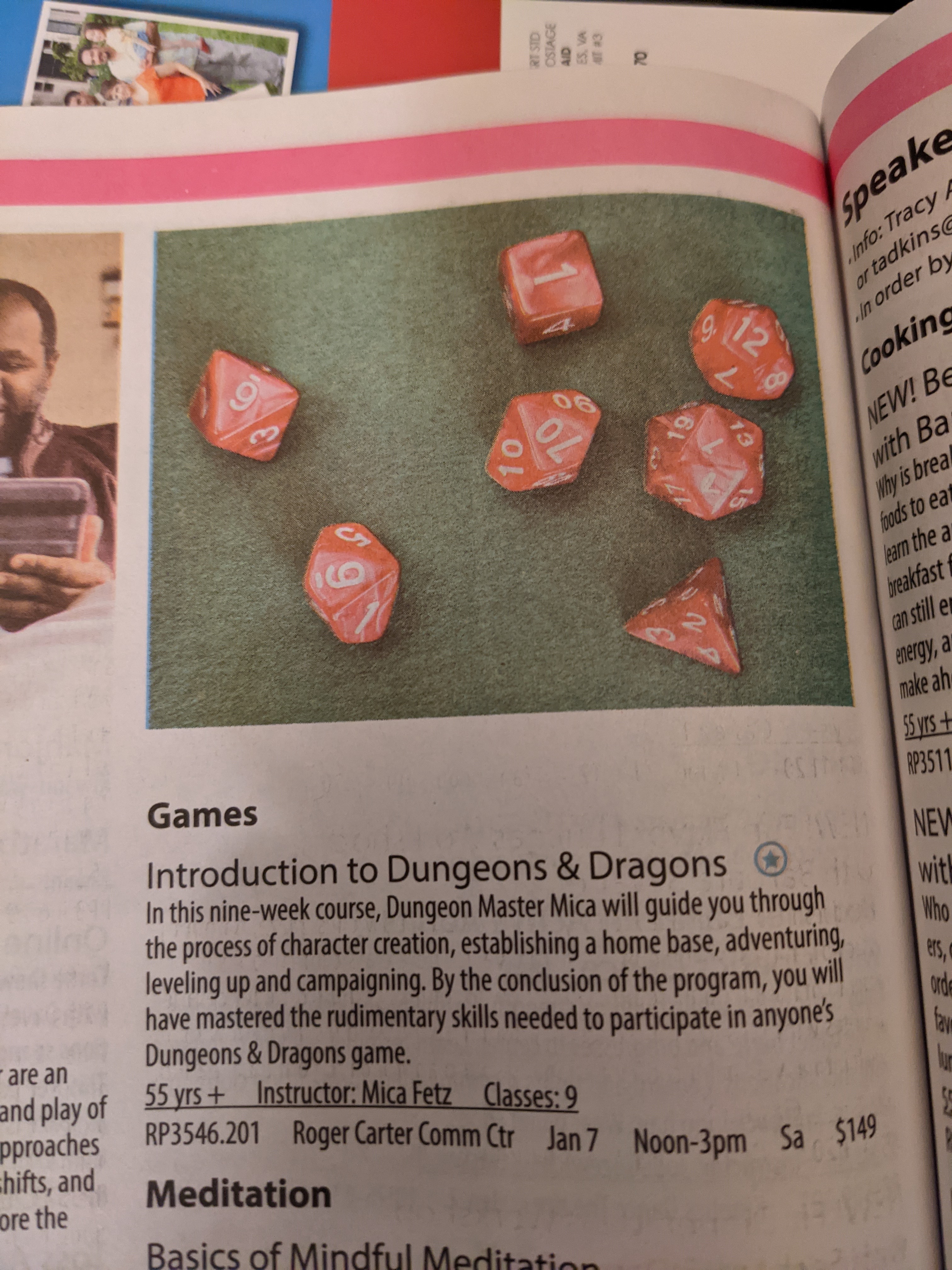Review: Don't Stand Too Close to a Naked Man
 Don’t Stand Too Close to a Naked Man by Tim Allen
Don’t Stand Too Close to a Naked Man by Tim Allen
My rating: 4 of 5 stars
This is my second time reading this book.
I first read this book in middle school because I really liked Home Improvement. Kind of reminds me of the joke Eddie Murphy tells in Delirious when he sees a young kid in the audience. “You thought I’d be up here at Buckwheat saying ‘o-tay’ and all that”. I read above my age, but it didn’t mean I was ready to understand everything in the book, particularly the more adult stuff like married life or being a parent. It did leave an impression on me because I was able to completely remember the first chapter.
Review: Spiced: Unlock the Power of Spices to Transform Your Cooking
 Spiced: Unlock the Power of Spices to Transform Your Cooking by America’s Test Kitchen
Spiced: Unlock the Power of Spices to Transform Your Cooking by America’s Test Kitchen
My rating: 4 of 5 stars
As usual for a book by America’s Test Kitchen, there’s a good combination of educational content and tasty recipes. I’ve already made a few recipes from this book, most recently the spiced ragu which had a unique taste due to its use of Five Spice Powder. It was not out of place, after all, for a while the spice trade passed through Italy. But it was also not a boring same-old Italian recipe. It went over pretty well with the family, as well.
Review: Clarkesworld Magazine, Issue 143
 Clarkesworld Magazine, Issue 143 by Neil Clarke
Clarkesworld Magazine, Issue 143 by Neil Clarke
My rating: 2 of 5 stars
This issue’s stories didn’t really work as well for me as the last few issues have.
Thoughts per story:
The veilonaut’s dream: explorers at a spatial discontinuity explore it for money. Partially a tale of exploitative labor and partly a tale of the stages of grief.
The Anchorite Wakes: There are little hints here and there that something odd is going on. It is all revealed in the last few pages and it’s quite an incredible world hidden from us until that point. Very neat story and ending.
First time soldering headers
 First time soldering headers
First time soldering headers
The last time I tried to solder something, it was just a few pins and it gave me so much trouble and took hours. So, when I was thinking about how how I was going to redo my BBQ thermostat with Adafruit Circuit Python and Stemma QT, I was afraid to get the FeatherS2 since it wasn’t sold in a configuration that came with headers already soldered on. The idea of soldering some 28 pins filled me with fear of screwing up the board. After it arrived, I procrastinated. Finally, today I did it. I don’t know what changed from when I tried to solder last time, but it worked reasonably well. Yes, if you look at the picture, I need to fix the USB pin and pin 38 before I try inserting into any headers, but it just took me about 15 minutes and I didn’t have any feelings of giving up or intense frustration. So, I just wanted to celebrate this milestone. Hurray for me!
2020 Annual Self-Portrait
As I’ve done for the past few years now, a self-portrait at the end of the year to document how I looked this year. This year I went with both a split-tone shot and a black and white shot.
 You Know It
You Know It Annual Self-Portrait (2020)
Annual Self-Portrait (2020)
My Favorite Political Sign 2020
I passed by this house every Saturday during my long run. Right after the election I made sure to snap a photo of the sign so that I could get a picture before they took it down.

New Recipes Sept 2020 - Nov 2020
 lamb and onion burger
lamb and onion burger
In September I made two new recipes. One was the Lamb and Grilled Onion burger from Weber’s Big Book of Burgers. I also tried a hot and fast recipe for pulled pork from Raichlen’s Project Fire. The taste was good, but the biggest hit was the recipe he had for a mustard sauce.
 beef short rib ragu
beef short rib ragu
For October the only new recipe I made was America’s Test Kitchen’s recipe for beef short rib ragu. I really enjoyed a different take on a ragu than the more French and Cuban versions I’d had in the past. It is definitely a recipe I’d like to make again.
Can't Let The Young Ones have all the D&D Fun
Found this in our local activities guide:
 D&D for 55+
D&D for 55+
Although my brother who plays RPGs remarked $149 was pretty steep compared to looking up a video on Youtube.
Trying out zsh (again, maybe?)
It’s been a very, very long time since I tried using a different shell than the bash shell. Back some 10-15 years ago I remember hearing about fish and trying it out. I think it broke some bash paradigms so I went back to bash. I could have sworn I tried zsh in the past, but I could be wrong. I know the last shell I tried out didn’t let me use ‘*’ during a dnf update to update all the packages that start with the same prefix, say all the 1500-ish texlive packages. That annoyed me so I went back to bash. If it was on this computer it was on a previous install or previous /home directory because I couldn’t find any evidence of zsh. No profiles or other such dot files that I could find. (Not that I looked too hard).
Scarlett's Halloween Clay Models
Scarlett created these models one day in October when she was feeling creative. I liked the models so much that I built a small box for photographing them. I fell behind on my photos, so I’m posting my favorite poses now.




